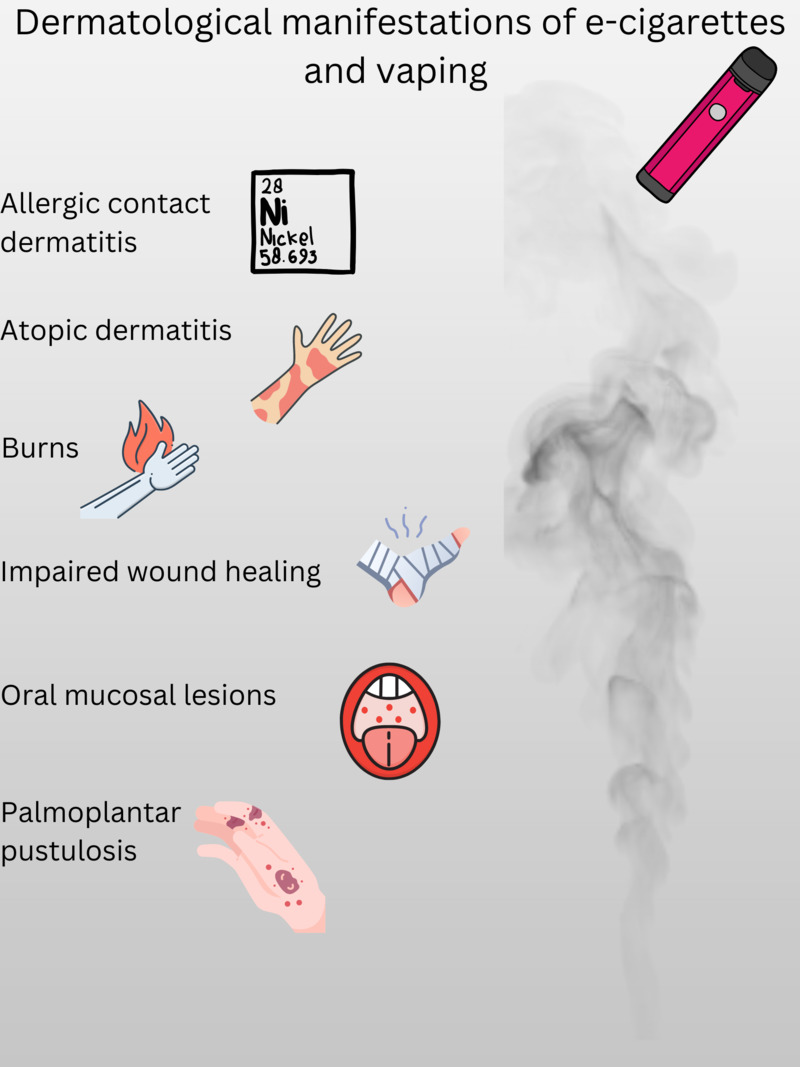Chemical Sensitizers in E-Cigarette Components
Allergic contact dermatitis (ACD) from e-cigarettes is primarily triggered by sensitizing chemicals within the device components or e-liquids. Key allergens include:
- Nickel & Copper: Leaching from heating coils (atomizers), especially with high wattage or acidic e-liquids.
- Acrylates: Found in adhesive sealants (tanks, mouthpieces), plastic casings, and UV-cured resins.
- Flavoring Compounds: Certain flavor additives like cinnamaldehyde, vanillin, or botanical extracts can be potent sensitizers.
- Propylene Glycol (PG): While often a mild irritant, PG can induce ACD in sensitized individuals.
Distinct Clinical Presentation
ACD presents as a delayed hypersensitivity reaction, typically appearing 24-72 hours after exposure. Symptoms localized to contact sites include:

- Intense pruritus (itching)
- Erythema (redness), edema (swelling)
- Vesicles (small blisters), papules
- Scaling and lichenification in chronic cases
This differs from irritant contact dermatitis triggered by friction or heat.
Diagnosis Requires Comprehensive Assessment
Diagnosis involves:
- Detailed History: Documenting e-cigarette use patterns, device types, and e-liquid components.
- Patch Testing: Essential for confirmation. Standard series is tested, supplemented with specific allergens (e.g., relevant acrylates, metals, PG, suspected flavorants). Testing device components as is may be necessary.
Management Focuses on Avoidance
Strict avoidance is the cornerstone of managing ACD related to e-cigarettes. This requires:
- Identifying the Specific Allergen: Crucial for targeted avoidance.
- Device Modification/Cessation: Stopping use is most effective. If cessation is challenging, hypoallergenic alternatives (if available and allergen-free) or modifying handling procedures (e.g., using gloves) may be attempted but carry risks.
- Topical Corticosteroids: Mainstay for acute symptom control.
- Emollients: Support skin barrier repair.
Prognosis is Tied to Allergen Avoidance
Resolution depends entirely on avoiding the specific sensitizing allergen(s). Continuous exposure leads to:
- Persistent or worsening dermatitis.
- Potential sensitization to new allergens via damaged skin.
- Secondary infections.
Complete cessation of e-cigarette use remains the most reliable way to prevent recurrence if the trigger originates from device/exposure characteristics.









